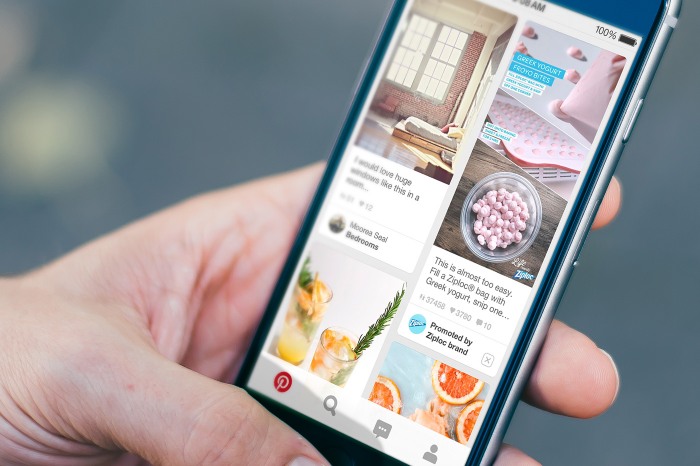Although Pinterest lacks the large user base of other social media networks, it offers substantial advantages to marketers. Proponents practically call it a marketer’s dream. Despite Pinterest’s potential opportunities, most marketers have struggled to capitalize on its advantages, mainly due to its meager marketing/advertising options and inability of marketers to access user data. However, the photo-based network has been introducing new options for brands.
Pinterest draws fewer U.S. users than Facebook, Instagram or Twitter, but it has important strengths that should attract marketers’ interest, according to experts.
A strong demographic. Pinterest users are typically women in their 30s with young families. Those are big-time shoppers, says Suzanne Delzio, director of Informed Web Content, in a post for Social Media Examiner. Delzio attributes its demographic to that fact Pinterest serves as both a search engine and a social network, what commentators call a “sercial.” A study by Millward Brown found that of those who actively used Pinterest in the last six months,
96 percent used it to research and gather information,
93 percent used it to plan for purchases, and
87 percent purchased something because of Pinterest.
Plenty of data. Although Pinterest lacks the size of other mainstream networks, its users willingly share information, a substantial advantage for marketers at a time when data is critical for marketing plans and marketers are concerned about “dark social” private conversations, according to eMarketer. Besides sharing information on tastes and preferences, Pinterest gathers purchase intent data that’s more commonly seen on search engines.
Website referrals. Pinterest refers visitors to brand websites more than any other network except Facebook, which has four times the audience in the U.S. A Sharaholic study found that as of December 2014 Pinterest visitors were going to company websites seven times as much as they were in 2011, while other networks were referring fewer consumers to company websites. Five percent of all traffic to 300,000 websites studied was coming from Pinterest, despite its relatively small user base.
Growth potential. Monthly users of Pinterest will increase from about 25 percent of internet users this year to about 30 percent by 2019, or about 59.3 million people, according to a study by eMarketer. It also has ample room for growth overseas. Just 30 percent of its users are from outside the U.S, compared to 85 percent for Facebook and 72 percent for Twitter. Women dominate the pinning boards and will continue to do so, but its male audience is growing. It’s more popular among men overseas – it has a 50-50 gender split in some countries.
Despite its strengths, many brands have not achieved marketing success on the platform, mainly due to limited advertising options and inability to access Pinterest’s goldmine of user data.
New Offerings for Brands
The platform has been working on improving its services for brands. It recently added new Promoted Pins options, including new ad formats and targeting options that let brands target promoted pins based on interests, personas or life stages. Its Cinematic Pins let brands tell stories with looping video ads (Users control the motion by scrolling.)
Its new cost-per-engagement (CPE) pricing offers companies options beyond impressions, and its App Pins for mobile users will become promotable in the near future. It also launched a marketing developers program designed to help companies publish content and ads and to analyze data to gauge their performance.
Bottom Line: Brands that have avoided Pinterest due to its limited advertising and data products may wish to reconsider the network as it strives to improve options for marketers. The photo-based network offers many advantages for companies, including wealth of consumer data and users who are inclined to visit company websites and complete purchases.
William J. Comcowich founded and served as CEO of CyberAlert LLC, the predecessor of Glean.info. He is currently serving as Interim CEO and member of the Board of Directors. Glean.info provides customized media monitoring, media measurement and analytics solutions across all types of traditional and social media.






I personally think pinterest is a great social site.Here we can post photos from our own website.I think your business will grow if u put this on pinterest.